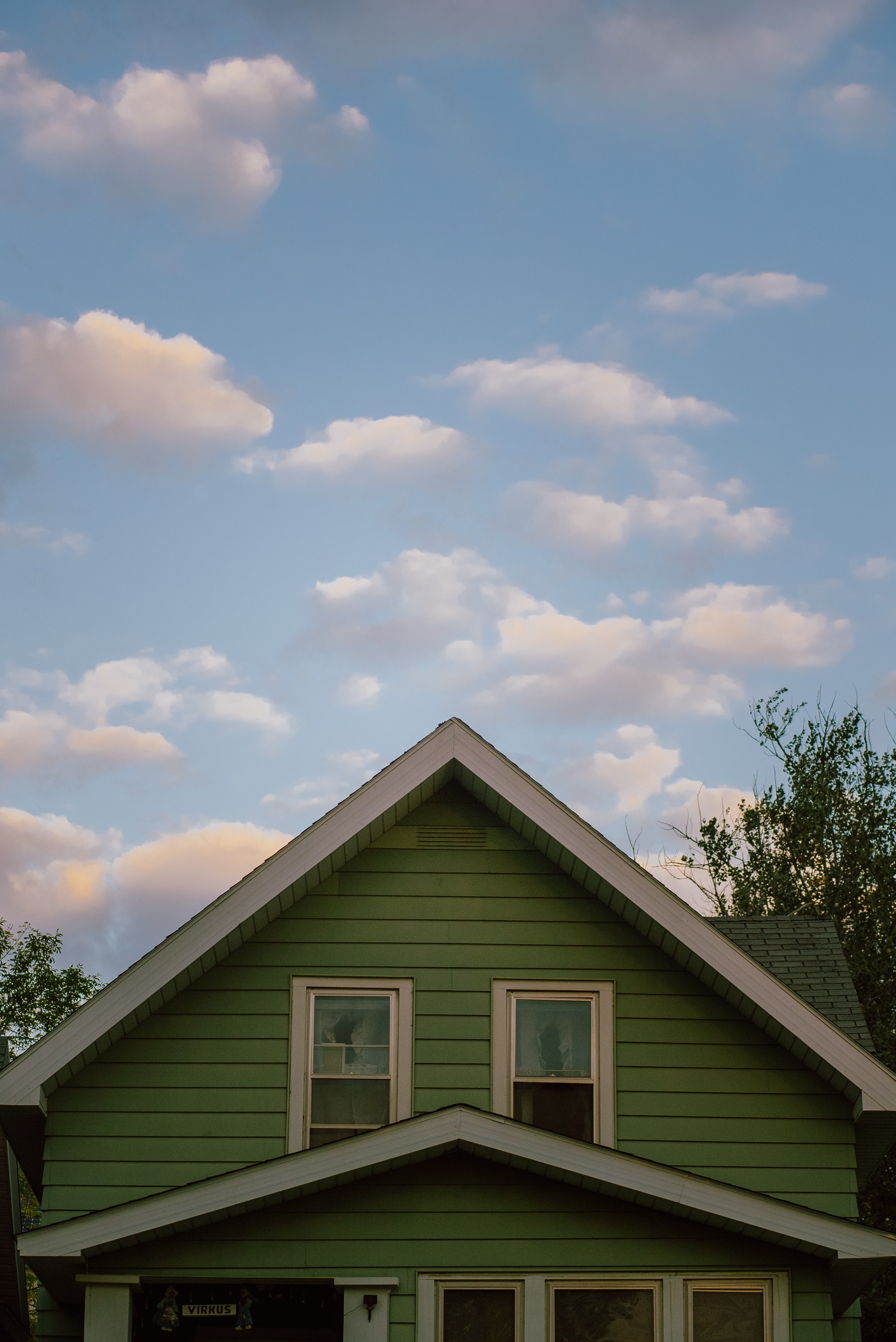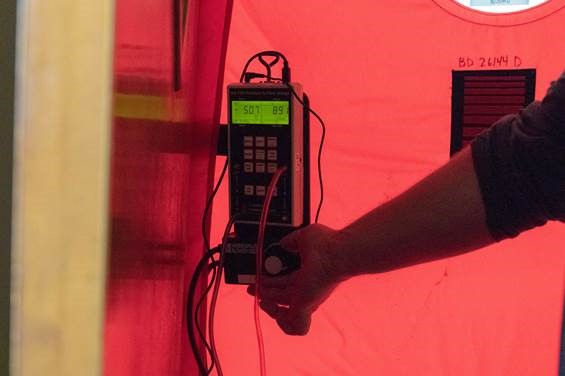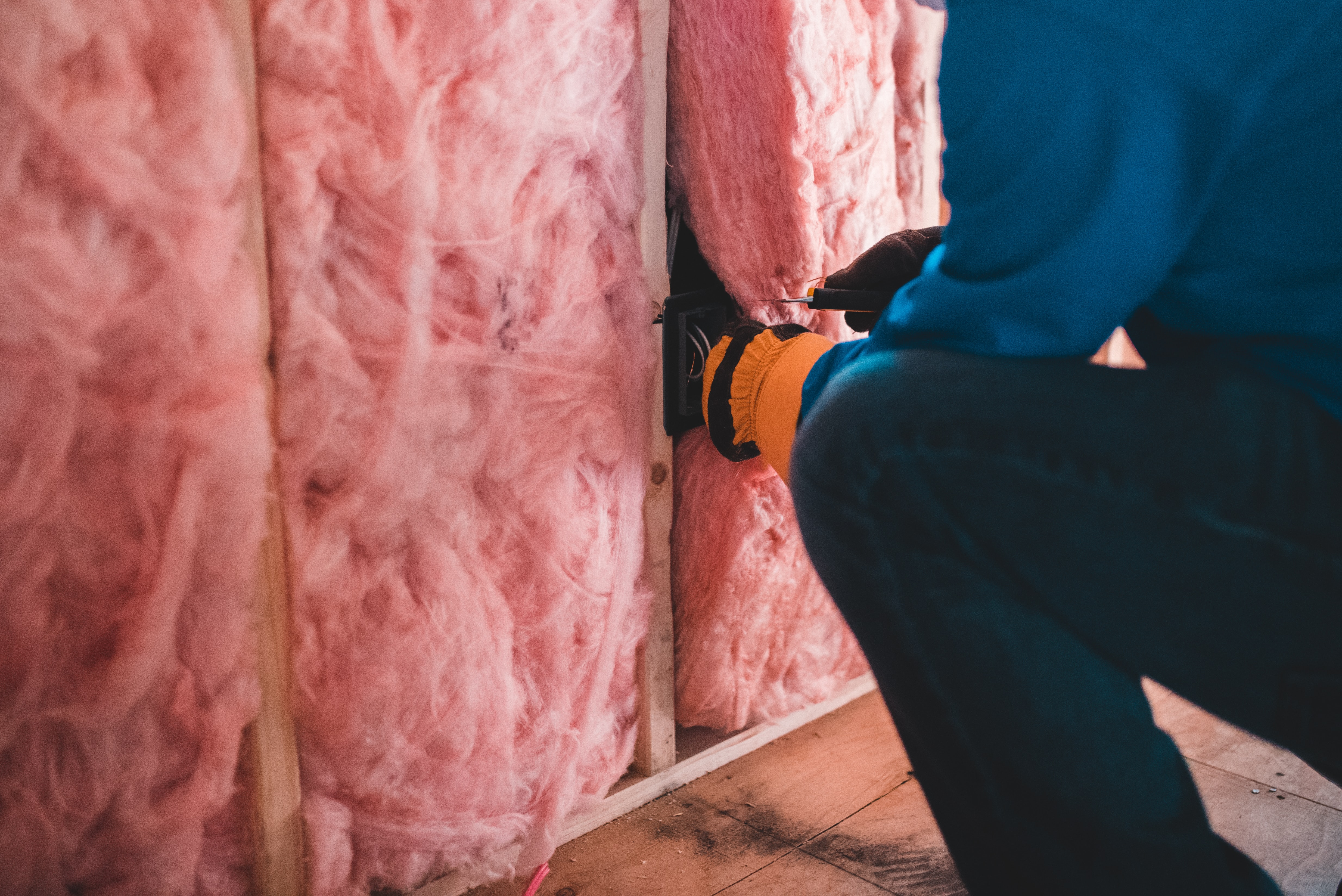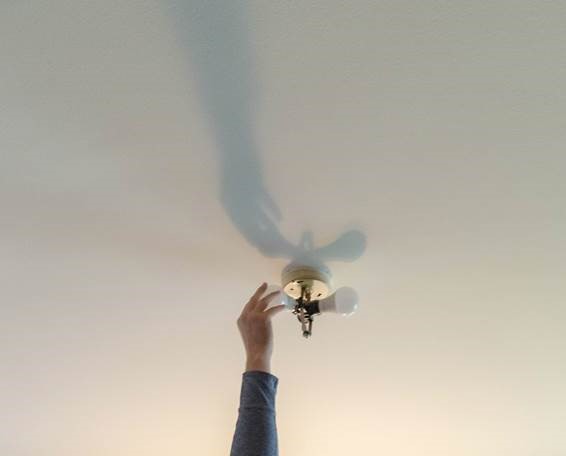Energy Conservation: Four Steps toward Savings!
Light bulbs and appliances are usually at the top of everyone’s list on how to save energy. However, did you know that heating (and cooling) usually account for half of home energy use? Below are four steps to help resident start saving energy and money.
Step 1
The first step to saving energy on heating and cooling is to understand how energy efficient your home already is. One option is the EPA Home Energy Yardstick where you can see how your home energy use compares to others. Another option is tracking your electricity usage through MyAccount, this Minnesota Power online tool lets you view your usage so you can spot trends, create custom markers, and track changes, sign up here and call them if you need help: 1-800-228-4966. To track your gas and water use go to the Comfort Systems and click Consumption Request. There are FREE Home Energy Audits available in the Duluth area offered by AEOA, Ecolibrium3 and Northern Energetics! To schedule your free audit, call Minnesota Power at 218-355-2843. To sign up online, visit https://www.mnpower.com/ProgramsRebates/HomeEnergyAnalysis

Step 2
Once you have an idea on how energy efficient your home is you can then start making changes to save even more money and protect the environment. The second step is to make your home more energy efficient through weatherization techniques, such as sealing drafts and installing adequate insulation, not only reduces GHG emissions but saves money on energy bills.

Air sealing reduces the amount of air leaks in and out of your home. Two simple yet effective techniques are caulking and weather-stripping that offer quick returns on investment. Learn more about air sealing. Related to insulation, there are different types with different properties but most insulation works by slowing heat flows. Some insulation, however, such as radiant barriers and reflective insulation actually reduce radiant heat gain. Learn more about insulation.
Working on weatherization is an investment: yes, it can cost money now to save later! To help with this cost, there are new programs through the Inflation Reduction Act, passed in August 2022, that offer incentives to upgrade your home. For example, the 25C Investment Tax Credit for Clean Energy Property (also known as the Energy Efficient Home Improvement Credit.) Under this new law, the tax credit is extended, increased, and expanded for energy efficiency improvements through 2032. Households can deduct up to 30 percent of the costs for eligible home improvements that year with a $1,200 annual limit (for equipment and installation). These improvements include $150 for home energy audits, $500 for exterior doors, and $600 for exterior windows and skylights, efficient central air conditioners, electric panel upgrades, and natural gas, propane, or oil water heaters or boilers. Finally, a special part where you can actually exceed the $1,200 annual limit is for electric or natural gas heat pump water heaters, electric or natural gas heat pumps, and biomass stoves and boilers where up to $2,000 can be covered.
Step 3
Next, think about home appliances! Minnesota Power offers rebates for new energy efficient appliances and even a recycling program for your old refrigerator. If you want a new, more efficient refrigerator you can have your old one picked up for free as long as it’s still working and get a $50 reward for doing so.

There are appliance rebates not only for fridges but also freezers, dehumidifiers, washing machines, dishwasher, air purifiers, heat pumps, and electric water heaters. There is also a Heating, Ventilation, and Air Conditioning (HVAC) equipment rebate of up to $1,000 for HVAC equipment including air source heat pumps, ground source heat pumps, thermostats, electronically commutated motors.
Comfort Systems offers two programs to check out to take care of and upgrade appliances: the Furnace and Boiler Tune Up Program and the SMART Thermostat Program. The new furnace program includes a full cleaning and inspection, resulting in increased furnace energy efficiency. At the end of the year those who’ve received the service get entered to win a $260 value comfort policy for the next year, a free year of furnace service. The SMART Thermostat Program is a rebate program for installation of smart thermostats with a $50 rebate if installed by Comfort Systems and a $25 rebate if installed by another company. These newer, smarter thermostats can help save energy and money by reducing energy use when away and tracking use while at home. To schedule a furnace cleaning go to the Appliance Service page on the their website and to apply to the SMART Thermostat program fill out the same rebate form for new furnaces but select the SMART Thermostat program. Comfort Systems also offers gas and water savings tips on their Conservation page.
Step 4
Lastly, switching to energy efficient lighting is what one the easiest ways to save money and conserve energy. Lighting is actually a decent portion of an average home’s energy use accounting for 15% and switching to LEDs can save an average of $225 in energy costs per year. But, what are LEDs in the first place?

LED is an abbreviation for light emitting diode. A type of solid-state lighting where semiconductors convert electricity into light as opposed to an incandescent light bulb, which works when an electric current is passed through a thin metal filament, heating the filament until it glows and produces light. So why are LEDs so much better? Well, LEDs actually use up to 90% less energy and last up to 25 times longer than traditional incandescent bulbs. LEDs are more expensive than traditional light bulbs; however Minnesota Power offers a rebate for lighting. You can get a rebate of $2-15 for LED light bulbs and LED light fixtures. To apply either fill out an online form, complete a mail-in form, or receive an instant in-store discount at participating retailers. Check out https://www.mnpower.com/lightingspecials to learn more.
Written by: Parker Angelos, Energy & Sustainability AmeriCorps VISTA




